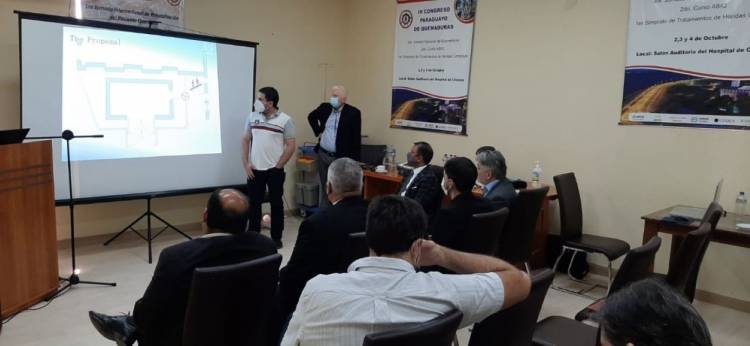Bolivia and Paraguay are finalizing the design, selection and integration of the most appropriate physical protection measures against potential malicious acts at their new irradiation facilities, with support from the IAEA. These facilities are used to irradiate items such as medical devices for sterilization and fruits for the destruction of pest larvae before exports.
The facilities use radioactive sources, which could be misused in the wrong hands, and therefore need to be protected. Putting in place physical protection systems is one of the most important milestones in the process of commissioning such facilities.
Bolivia requested IAEA assistance to enhance the physical protection of a new multi-purpose gamma irradiator prior to the delivery of high-activity radioactive sources next year. “The new gamma irradiation multipurpose complex will contribute to food safety, increasing agro-industrial productivity, food export and preservation, seed improvement and pest control,” explained Hortensia Jiménez Rivera, Director General of the Bolivian Nuclear Energy Agency (ABEN). “Ensuring that the radioactive sources that will be used at the facility are secure is a priority both for us and the regulatory body.”
Paraguay also requested assistance for the protection of the county’s first irradiator for research on tissue irradiation, blood irradiation, plant breeding and food safety, which is planned to become operational next year. Mario José Gutiérrez Simón, Minister and Executive Secretary of the Radiological and Nuclear Regulatory Authority in Paraguay, explained that the country’s first irradiator will help improve medical treatment services in Paraguay. “While the focus is, of course, on development and making these important services available, this cannot be fully achieved without considering the vital aspects of safety and security. The support provided by the IAEA will help us to do that.”
The IAEA sent experts to the facilities under construction and met with key stakeholders to support the establishment of physical protection measures at the sites. The guidance and training of personnel have enabled local experts to design optimized security systems.





